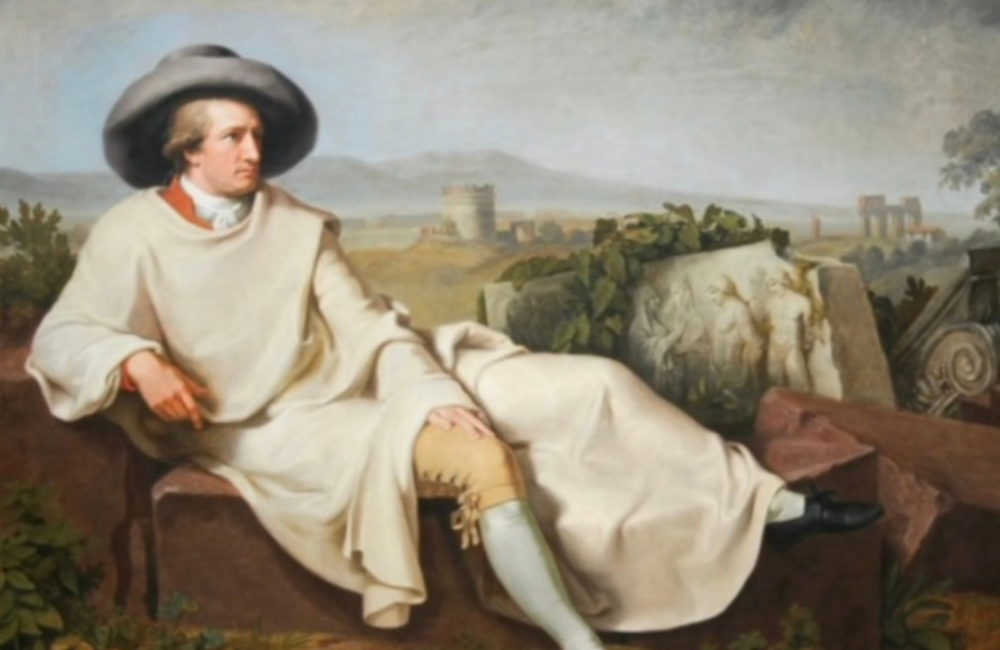

Goethe’s Theory of Colour
Thu 25 November, 2021 at 7:30 pm - 9:00 pm GMT
Johann Wolfgang von Goethe is a towering figure in German culture and literature, and was also a considerable scientist. He considered his theory of colour Zur Farbenlehre (1810) to be one of his most important works. In it he challenged Newton’s concepts and methodology for the investigation of colour. Although Goethe’s work is now generally overlooked by physicists, it has had significant influence in non-scientific communities. We shall explore his methodology and findings and, with the aid of some experimental demonstrations, see for ourselves some of the phenomena that led Goethe to doubt Newton.
Professor Daniel Wolverson, Department of Physics, University of Bath
Image: Portrait of Johann Goethe, 1787 (Goethe in der roemischen Campagna) by Johann Heinrich Wilhelm Tischbein (Pixabay)
